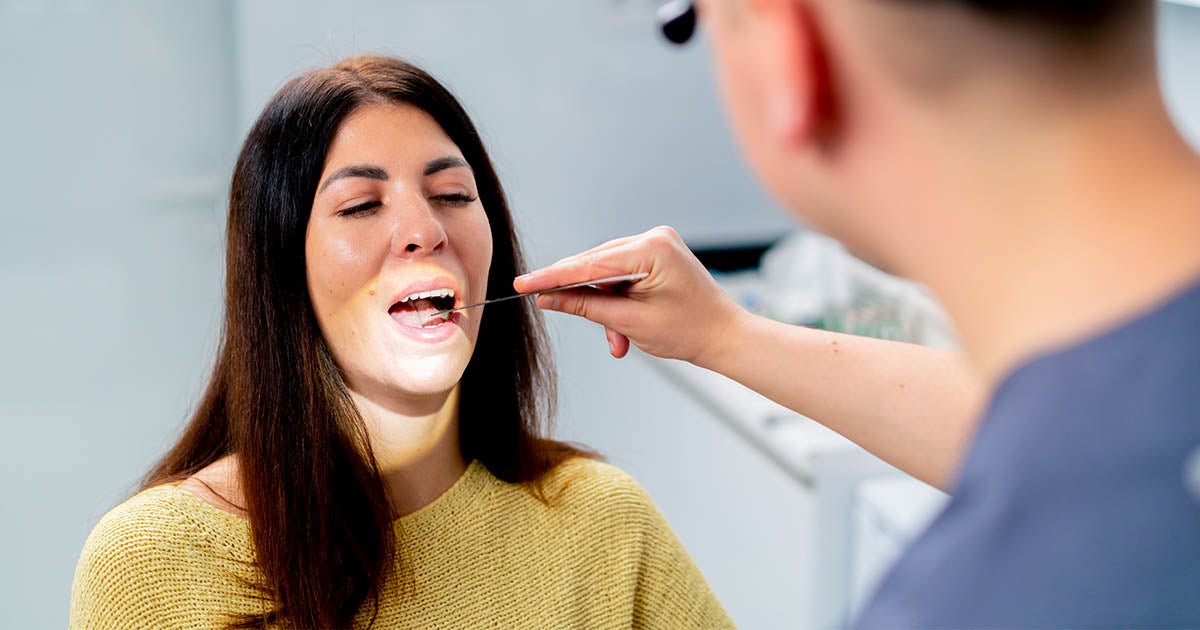How To Use Desensitization For Gagging Relief

Gagging can be an uncomfortable and distressing experience for many individuals, particularly during dental procedures, medical examinations, or when consuming certain foods. For those who struggle with this reflex, the psychological and physiological responses can create significant barriers to personal care and overall well-being. Desensitization techniques offer effective strategies to help manage and reduce the gag reflex, allowing individuals to face potentially triggering situations with greater confidence and comfort.
This article will explore various desensitization techniques that can be employed to alleviate gagging sensitivities, ranging from gradual exposure exercises to relaxation and breathing techniques. By understanding and implementing these strategies, individuals can gain greater control over their gag reflex, making routine procedures more tolerable and enhancing their quality of life. Whether you’re a patient seeking relief or a practitioner looking to support your clients, this guide aims to provide valuable insights into overcoming the challenges posed by gagging.
Gradual Exposure Techniques
One of the most effective desensitization strategies involves gradually exposing oneself to the trigger that causes the gag reflex. This could start with simple activities, such as placing a toothbrush towards the back of the mouth for a few seconds without attempting to brush, slowly building up to more significant stimuli like dental instruments or even specific foods. The aim is to manage the anxiety associated with these experiences, allowing individuals to become more comfortable over time. Incorporating Top Desensitization Techniques for Gagging, such as visualization or positive reinforcement, can further enhance this process, helping individuals feel empowered as they work through their sensitivities.

Relaxation and Breathing Exercises
In addition to gradual exposure, relaxation and breathing techniques play a vital role in managing the gag reflex. Practicing deep, controlled breathing can help calm the nervous system and reduce anxiety levels before facing a triggering situation. Methods like diaphragmatic breathing—notably taking slow, deep breaths into the diaphragm rather than shallow chest breaths—can significantly ease tension. Individuals might also find it beneficial to incorporate mindfulness or meditation practices that focus on relaxation and grounding, allowing them to approach potentially distressing experiences with a calmer mindset.
In conclusion, desensitization techniques for managing the gag reflex are invaluable tools for those who face challenges during dental visits, medical procedures, or mealtime. By employing gradual exposure exercises alongside relaxation and breathing techniques, individuals can progressively diminish their discomfort and anxiety surrounding these triggers. This multifaceted approach not only empowers individuals to take control of their responses but also fosters a sense of confidence in navigating situations previously deemed overwhelming. Ultimately, the consistent application of these strategies can lead to lasting relief, improving overall quality of life and enabling a more positive experience during medical and dental care. With patience and practice, it is entirely possible for those affected by a sensitive gag reflex to reclaim their comfort and ease.





